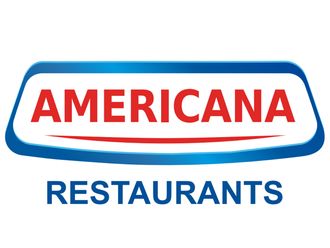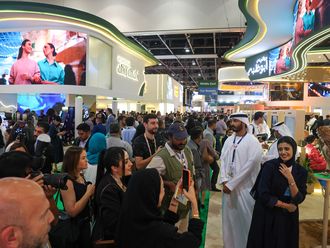
Dubai: The euro’s current spell of weakness — and expectations that it could drop even further — should translate into lower priced goods in the UAE’s retail sector... but just not yet. Local consumers hoping to get better deals on branded apparel from Eurozone labels or waiting to stock up on Danish butter or French sauces will need to wait a bit longer.
“There is a time lag accessing lower import costs from the euro’s softness to those being mirrored in merchandise prices at the shops,” said V. Nandakumar, group communications officer at the Lulu Group. “We are talking about it happening in a few weeks and not taking months — the benefits will eventually be reflected in the amounts shoppers pay at the till.”
The group currently sources around 20 per cent of its inventory — mostly in the food category — for its Lulu hypermarkets from the Eurozone.
But some retailers, especially those handling fashion brands, have been quick to try and take advantage of the currency situation. Working in tandem with the brand principals, they have launched perfectly timed promotions, or plan to do so shortly, to clear up stocks and build up demand for new season’s lines.
The UAE’s retail sector will take all sorts of help in trying to win back momentum after a less-than-stellar fourth quarter and an indifferent first-quarter performance. Sales turnover on select categories were high during the DSF 2015, but February and March were quite subdued.
If spending by tourists does not reach the highs of the last three years, retailers will need domestic shoppers to turn up more frequently at the shops and keep spending more.
This is where a weak euro can be a great help. It can help prompt shoppers to go for those discretionary spending on euro-based good they would have deemed to be expensive earlier. How well retailers are able to manage those sentiments will thus be the key.
It could also set off an onrush among mid-tier Eurozone brands — those that haven’t done so already — trying to get into the Middle East’s retail space. For them, it is not just another expansion move but one that’s vital to their existence.
“Given the on-going challenges in the Eurozone, retailers are likely to be looking further afield for their future growth and in order to meet with store rollout targets,” said Mat Green, head of Research and Consultancy UAE at CBRE M. E. “The Middle East is likely to be high on the list of potential locations, particularly Dubai and Abu Dhabi, which continue to attract a growing number of international brands.”
But for those UAE companies selling into Eurozone, having adequate safeguards on their exposures would not go amiss.
“Coface is receiving an increased number of enquiries to cover trade between the region [Eurozone] and the GCC countries over the past two months, as companies aim to protect their receivables from the threats of payment defaults,” said Massimo Falcioni, head of Middle East Countries at Coface, the credit insurance firm.
“The number of insolvencies [in Eurozone] is well above the period before the 2008 crises due to low capitalisation, [a] heavy fiscal burden, high labour costs and [the] impact of bureaucracy. The risk of non-payments and payments delays is still moderate to high.”












